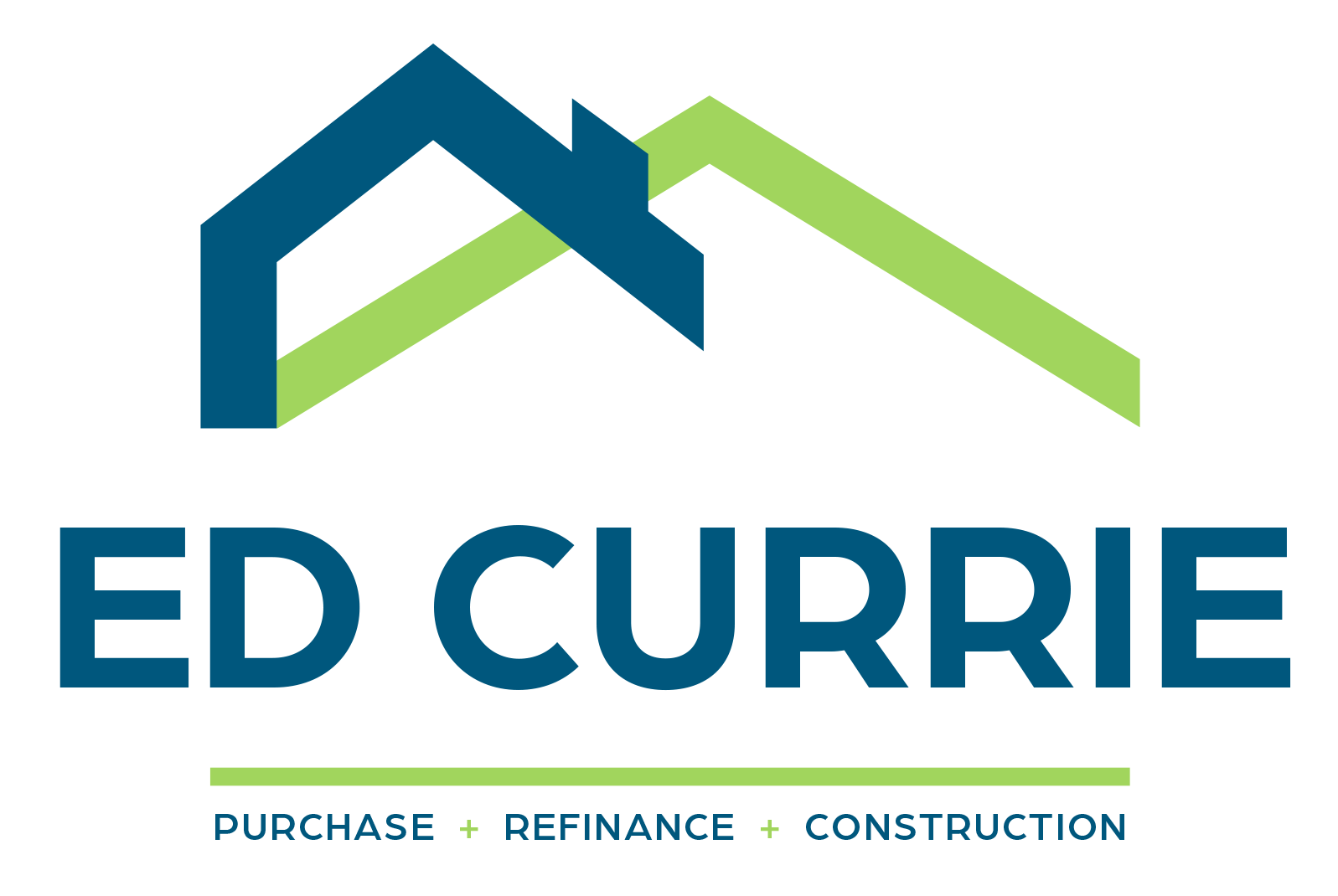
A home improvement contract is a legally binding agreement between a contractor and a property owner or tenant, outlining the details of the work to be performed, materials to be used, and services to be provided. Whether you’re renovating a home, updating a rental property, or making small changes, a home improvement contract is essential for clear communication and protecting both parties involved in the project.
This contract is the foundation of your relationship with the contractor, ensuring that all project expectations are clearly outlined and understood to prevent misunderstandings down the road.
Key Elements of a Home Improvement Contract
1. The Terms of the Agreement
A good home improvement contract should cover the “who, what, where, when, and how much” of the project. This includes identifying who will perform the work, what materials will be used, where the work will take place, when the project will begin and end, and how much the entire project will cost.
The contract must be in writing, legible, and easy to understand. The agreement should also clearly inform both parties of the right to cancel or rescind the contract. If any promises or agreements are made verbally, ensure they are also included in writing. Any changes to the contract should also be documented in writing, in the form of “change orders,” which should be kept alongside your other project documents.
2. Anatomy of a Contract
A well-constructed home improvement contract should include all the details agreed upon by the homeowner (or tenant) and the contractor. Some of the critical elements include:
- A detailed description of the work to be performed
- The total price of the project and the payment schedule
- Who will obtain the necessary permits from local building departments
- The start and completion dates for the job
- The contractor’s license number, address, and contact information
Before signing anything, be sure you fully understand the contract and agree with all its terms. Do not hesitate to ask questions or seek clarification if anything is unclear.
3. The Importance of Being Specific
The best way to avoid disputes over what is expected from a home improvement job is to ensure that every detail is included in the written contract. This includes specifics about the materials to be used, such as the style, brand, model, color, and quality. Be as detailed as possible to prevent any confusion about the work to be completed.
For instance, instead of simply stating “install kitchen cabinets,” the contract should specify: “Install upper and lower maple kitchen cabinets, manufactured by [Brand], model [Model Number], style/color [Style Number], including hinges and hardware as per plan dimensions and diagram.” This level of detail leaves little room for interpretation and helps ensure that both parties are on the same page.
Examples of Good, Bad, and Poor Contracts
Here are a few examples that highlight how to structure your contract properly:
- Good: Install [specific quantity] [Brand] upper and lower maple kitchen cabinets, model [Model Number], style/color [Style Number], European hinges, hardware model [Hardware Model], per plan dimensions and diagram.
- Bad: Install maple kitchen cabinets.
- Poor: Install some cabinets.
Another example:
- Good: Paint indoor entry (per plan) using [Brand] paint, color [Paint Number], two coats, with preparation and taping as described.
- Bad: Prep and paint the entryway with blue paint.
- Poor: Paint the entry.
A home improvement contract is an essential tool for ensuring that a project runs smoothly and both parties are protected. It’s important to be as specific as possible about the work being performed, the materials being used, and the payment and timeline expectations. Always put everything in writing and keep records of any changes that occur during the project to avoid disputes later on. With a well-drafted contract in place, you can move forward confidently with your home improvement project.




![EdCurrie_Logo White[Transparent] EdCurrie_Logo White[Transparent]](https://edcurrie.com/wp-content/uploads/elementor/thumbs/EdCurrie_Logo-WhiteTransparent-qybu3sjgpfhje9098uitv7fpt7os2hgn52gfy6ocx4.png)